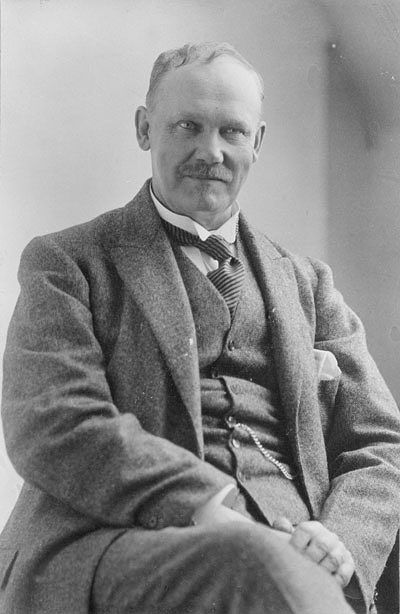Eemil Nestor Setälä
Born 27 February 1864, Kokemäki. Died 8 February, 1935, Helsinki.
Master of Arts, 1886, Licentiate of Philosophy, 1887 and Doctor of Philosophy, 1890, Imperial Alexander University
Docent, Finno-Ugric Languages, 1887–1893
Professor of Finnish Language and Literature, 1893–1929, Imperial Alexander University (University of Helsinki after 1919)
Teacher, Finnish Language in Helsinki Läroverket för gossar och flickor (Grammar school for boys and girls), 1884–1887
Member of editorial board, Valvoja journal,1886-, editor-in-chief, 1897–1905
Assistant, Uusi Suometar journal, 1891–1899
Editor-in-chief, Finnisch-ugrische Forschungen periodical, 1901–1935
Full-time Assistant, Helsingin sanomat newspaper, 1905–1917
Chairman, Kaleva Society, 1919–1935
Senator, 1917–1918, Minister of Education, 1925, Minister for Foreign Affairs, 1925–1926
Finnish Ambassador to Copenhagen and Budapest, 1927–1930
Chancellor, University of Turku, 1926–1935
Councillor of State, 1934
Photo: Museovirasto
Written by Riitta-Ilona Hurmerinta
Translated by John Calton

